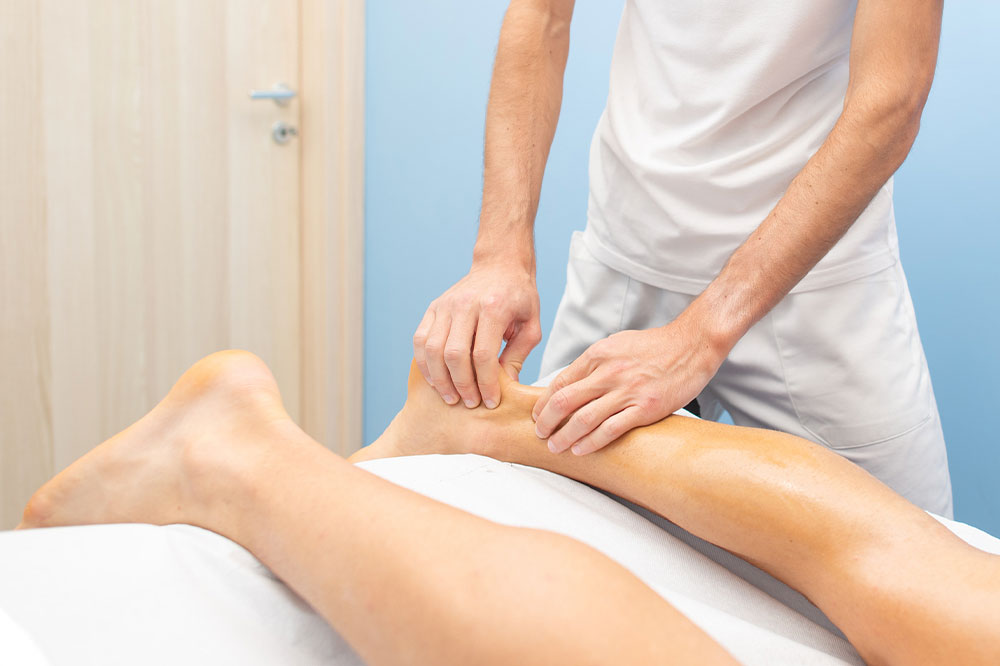
Causes, symptoms, and management for tendonitis
Tendonitis is a painful condition characterized by the inflammation of tendons, which are thick cords that attach muscles to bones. Whether it’s caused by forceful movements, poor form during physical activities, or repetitive motions, tendonitis can disrupt your daily life and limit your mobility. Understanding its causes, signs, and symptoms is crucial for early detection and effective treatment. Thus, it is important to learn as much about the condition as possible.
Causes
Before we delve into the causes of tendonitis, it is important to remember that not all tendons of the body are impacted by this condition. Some of the common causes of tendonitis include forceful and sudden movements, extreme or unnatural motion, and poor form and structure while performing physical activities. It can happen because of repeated pitching of the ball, heavy lifting, serving during tennis, dancing, painting, or working out. Tendonitis results from overuse of a tendon and can be tied back to repetitive movements. There are certain risk factors that put you at an increased risk of developing the condition.
Age
Since tendons lose their flexibility over time, it is more common in people over the age of 40.
Sex
Depending on whether the patient is male or female, there are increased chances of different types of tendonitis.
Body mass
Higher body mass can further strain the tendons.
Diabetes
Diabetes might cause the tendons to thicken.
Sports
Sports like track and field, swimming, golf, volleyball, and more are associated with an increased risk of tendonitis.
Other factors like posture, lifestyle choices, habits, and frequent heavy lifting can also add to the risk.
Signs and Symptoms
When the tissue surrounding joints is overused and overloaded repetitively, it can cause pain. Some might experience joint weakness, swelling in the area, warmth, and redness. Tendonitis can also result from conditions such as gonorrhea. For these patients, tendonitis symptoms might also include fever, rash, and discharge from the genitalia.
Most tendonitis symptoms are associated with the type of condition the patient is being faced with.
Jumper’s Knee
In this condition, patients commonly experience pain below their kneecap. In some cases, it can also be present above the knee. The former is a result of tendonitis of the patellar tendon, while the latter affects the quadriceps tendon.
Tennis elbow
It is a common condition among people that frequently play sports, but it can develop in anyone. Patients with tennis elbow experience pain that is localized to the outer side of the elbow. In some patients, this pain can extend down the forearm all the way to the wrist.
Golfer’s elbow
For golf players, the golfer’s elbow shows the presence of pain on the inner side of the elbow, arising from the repetitive swinging of the golf club.
Achilles tendonitis
As the name suggests, this condition affects the Achilles tendon, the ropelike structure present at the back of the foot connected to the heel bone. It is fairly common in people that repetitively run or jump. In some cases, Achilles tendonitis can also be caused by inflammatory conditions, such as reactive arthritis, rheumatoid arthritis, gout, or ankylosing spondylitis. Achilles tendonitis is identified by the presence of pain at the back of the heel bone or a couple or more inches above it.
Rotator cuff tendonitis
It is the most common type of tendonitis of the shoulder. This tendon attaches the shoulder to the upper part of the humerus. People who are repeatedly required to raise their arms are at an increased risk of developing rotator cuff tendonitis. The most notable symptom of this condition is the presence of a dull pain in the shoulder that can be pinpointed to one location. The pain can radiate up the arm and sometimes extend toward the chest. Patients might experience the pain worsening at night and negatively impact their sleep.
Tests to diagnose tendonitis
Tendonitis is often diagnosed based on the patient’s complaints and symptoms. For further clarification, the doctor might advise diagnostic tests like X-ray and MRI. The former helps rule out bone issues whereas the latter provides a clearer picture of soft tissues.
Treatments
The primary aim of a treatment plan for tendonitis is minimizing movement and inflammation of the tendon. Therefore, rest and reduced movement make up a huge part of the treatment plan. It also includes the use of ice and non-steroidal anti-inflammatory compounds. The doctor might ask the patient to wear a brace to limit movement and work on rehabilitating the tendon. Further, physical therapy and injections might be prescribed. In some cases, people need to undergo surgery to help repair the afflicted tendon.




